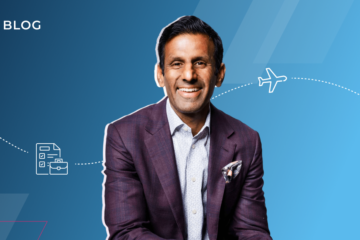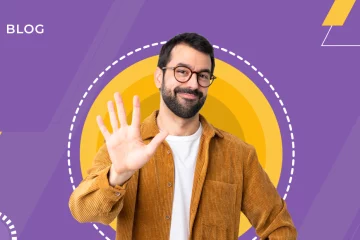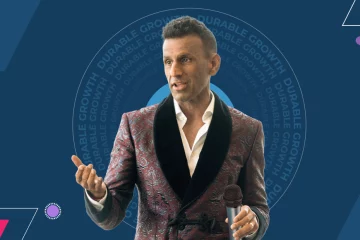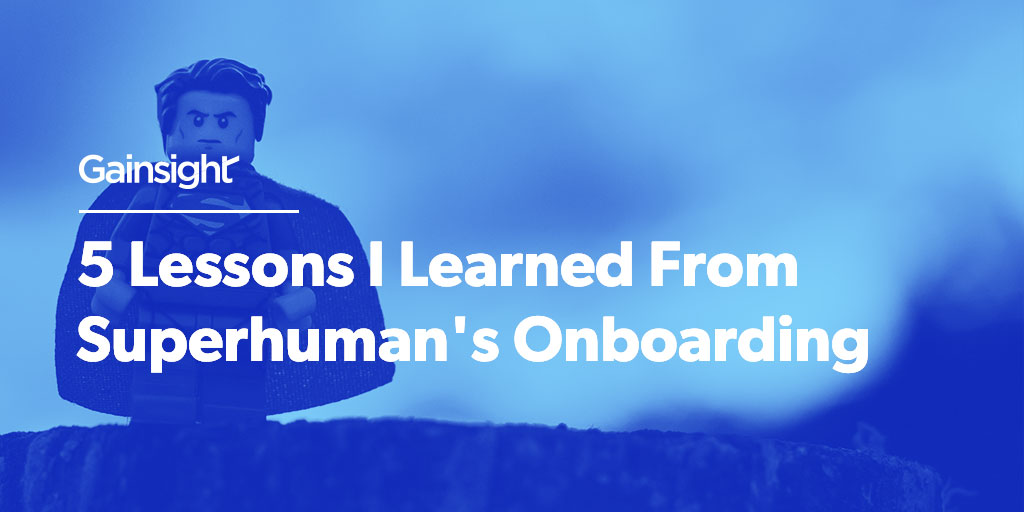
You know those moments in life where you feel like you reached the “next level” in your evolution as a human? I remember all of them vividly—moments like:
- The day my (now) wife agreed to go out with me
- The day I got accepted to college
- The day I got into Bill Simmons’ Mailbag
Perhaps not-exactly-at-the-same-level-but-close is the day an acquaintance said, “I can get you a Superhuman invite if you want one.”
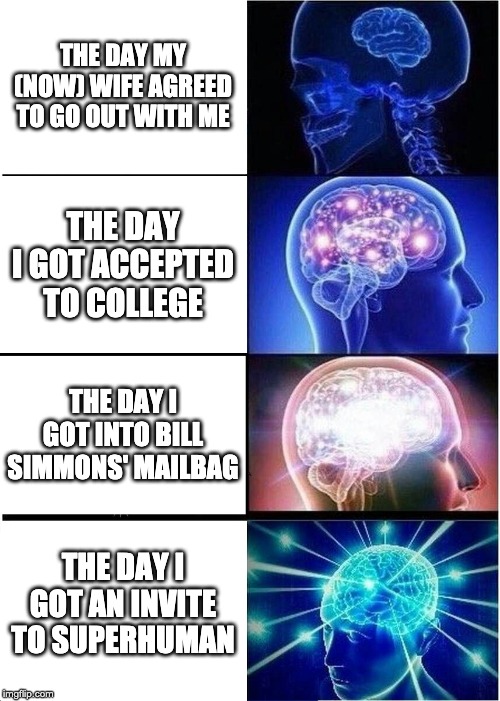
Is this meme still a thing?
Superhuman, in case you aren’t as obsessed with Twitter as I am, is the uber-popular and exclusive paid email client that purports to radically improve email productivity. As someone who can’t sleep without “inbox zero” and who aspires to respond to people as quickly as I can, I have always been intrigued by new email startups.
Unlike the fate of most past ventures to “fix email,” Superhuman seems to actually be working, as judged by its big funding round from Andreessen Horowitz. A big part of this is due to the amazing product experience from UI speed to keyboard shortcuts.
I was pleasantly surprised to learn that in addition, part of Superhuman’s success is its unique approach to onboarding. Superhuman took a higher touch strategy for getting me set up than that of any other company I’ve ever seen. I jotted down five lessons I think every customer success professional can learn from Superhuman’s uniquely onboarding—both the highs and the (very few) lows.
Lesson 1: Ultra High-Touch Onboarding
I was pretty surprised when Superhuman said they wanted to get on a Zoom with me. I assumed I’d just get a link to get started—maybe with a video. And even when I received the videoconference link, I thought I’d be joining a multi-person training session.
Much to my surprise, I jumped on the video link and saw the smiling face of Ryan, one of Superhuman’s onboarding specialists. Ryan introduced himself with energy, and it was clear right away that Superhuman is hiring high EQ (emotional quotient) and high productivity team members.
Ryan spent time trying to get to know me and wanting to truly make a connection—which is not what you expect from a typical customer service call. He even flattered me by saying, “You have more email in your Gmail than anyone I’ve ever onboarded—and I’ve onboarded 1700 people!” I was perversely proud of that accomplishment, and as a fellow glutton for videoconferencing punishment, I was sympathetic with Ryan for doing 1700 video calls!
Ryan then walked me through using the product for at least 30 minutes. I had to go at the end, but I think he would have stayed longer.
Learning: The whole process got me thinking: what if companies onboarded one-on-one EVERY high-value user (e.g., execs)?
Lesson 2: Teach and Watch
One thing Ryan did really well was focus on not just teaching me how to use Superhuman but also making me use it in front of him.
For example, he showed me how to archive an email (hit “E”) and then he asked me to do one. At first, I was like, “Wait—you want me to do email in front of you?” And he was like, “Yeah.” It was fun!
Ryan asked me about the most common email scenarios I deal with (e.g., CC-ing in my assistant to help with scheduling) and helped automate them for me.
Learning: This strategy made me wonder: why do companies often just show users how to use their software instead of having them use it (at least a bit) in front of them?
Lesson 3: Nurture from the CEO
After I finished the onboarding, I started getting daily emails “from” the CEO Rahul Vohra about tips and tricks from Superhuman. Nurture emails and tech touch are common in customer success now, but I was impressed with (1) the specificity of the tips (example below) and (2) the fact that they came from the CEO. It’s clear he is very customer-focused.
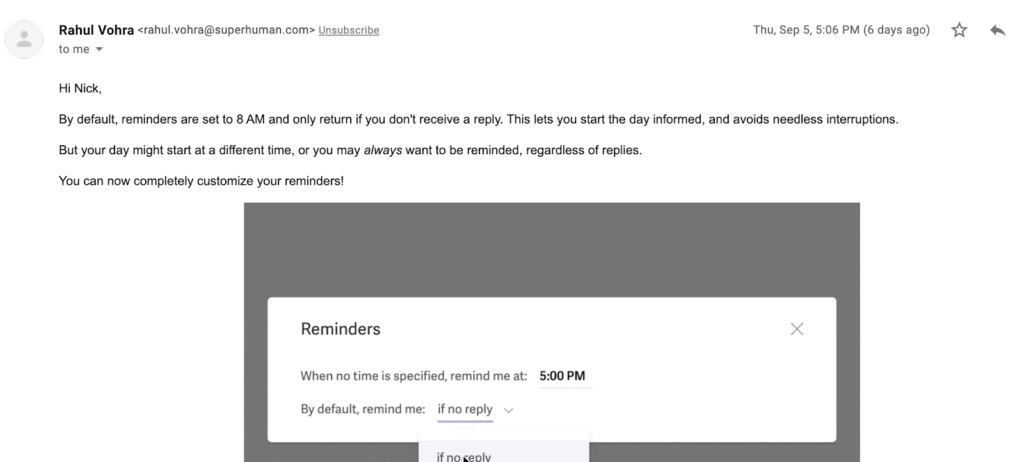
Learning: Practical nurture tips can be powerful—especially from an exec to an exec.
Lesson 4: Off-Ramps
One area I believe Superhuman can improve is it needs to monitor its users to make sure they have started using the product after the training. I had a weird email setup where previously I had been using the “read/unread” flag in Gmail to note whether I needed to deal with an email or not. As such, all of my millions of emails were all in my inbox. This broke Superhuman’s ideal workflow.
As such, they started an archiving process to move my email into the archive. Unfortunately this process took several days due to Gmail limits. I noticed that Superhuman never noticed that I wasn’t using their software yet while the archive completed.
Learning: Companies need to more closely monitor situations where onboarding doesn’t “stick.”
Lesson 5: Power Users
Finally, given that I was an email power user, I had developed my own quirky email system with the read/unread thing. Upon reflection, this happens a lot where the top potential users of your product needed it so badly that they built their own workaround beforehand. As such, power users can often be the toughest to onboard.
Learning: Perhaps companies should have a very specific and more high-touch process for the most sophisticated users.
If you have used Superhuman, I’d love to hear what you thought of their onboarding. Obviously there are so many approaches to onboarding—one size definitely does not fit all. But especially for an executive, I think this approach has some clear merits. If you sell to CEOs, see if you can get a Superhuman invite and pay close attention to the onboarding. And if you haven’t tried Superhuman, check it out—it’s a pretty cool email solution!
